This week marks the 89th anniversary of the classic Universal Monster movie, The Bride of Frankenstein. Michelle and I realized this late into the evening on Saturday and quickly ripped through a new ink wash illustration and process video to celebrate the occasion.
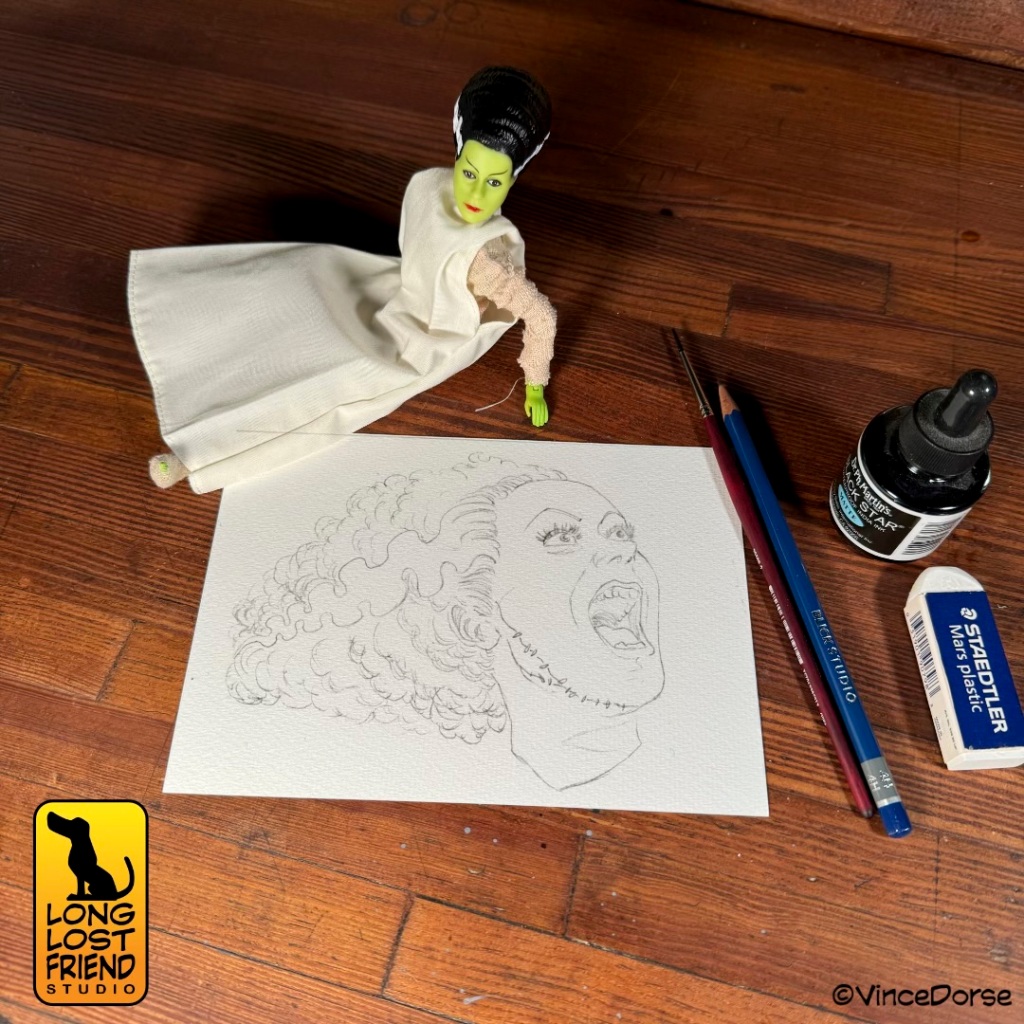
The actual bride of Frankenstein (played by Elsa Lanchester in a dual role that also saw her portray Mary Shelley) only appeared in that one eponymous movie. But despite not having as many times up at bat as Frankenstein’s Monster, Dracula, or The Wolfman, the character has left just as indelible an impression on pop culture as her monstrous counterparts.
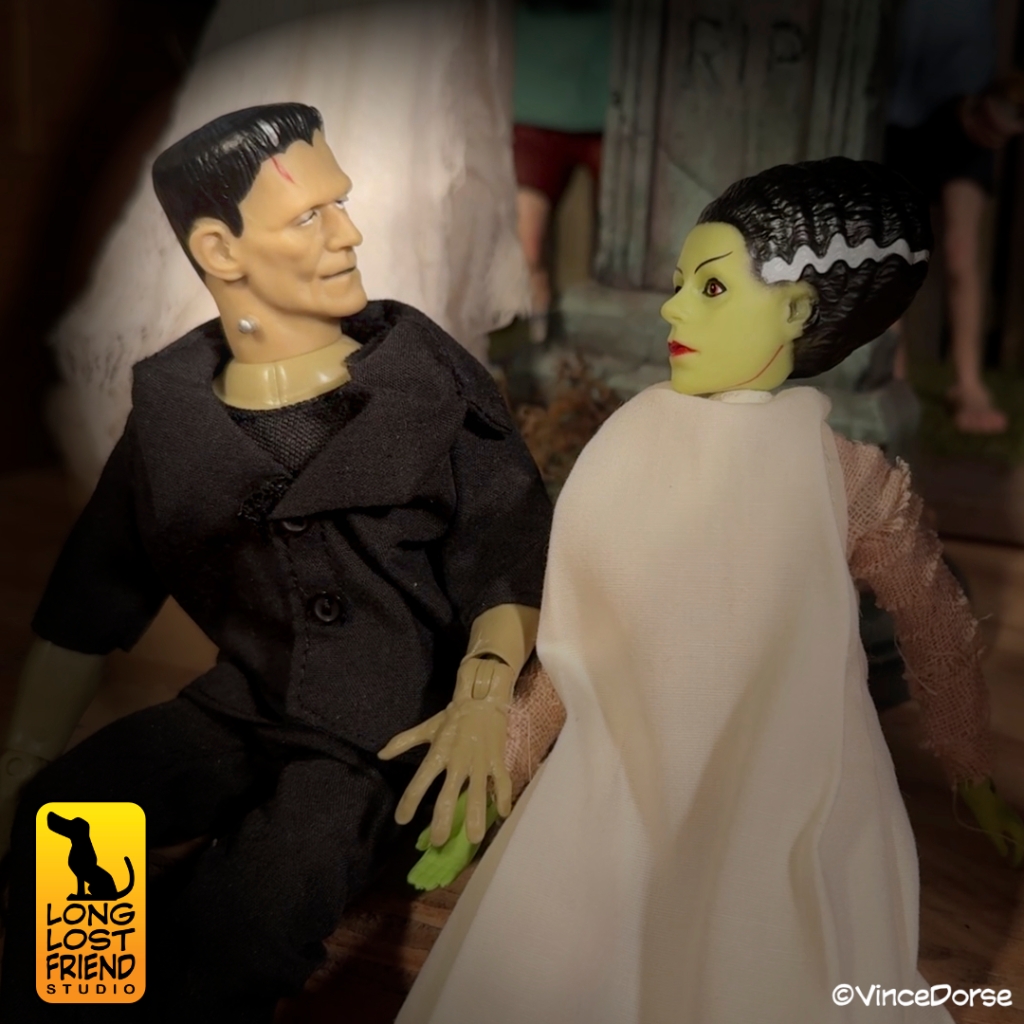
And while I always look forward to rendering The Bride in watercolors and debunking the idea that she has green skin (preposterous!), I wanted to stick to the same black-and-sepia ink and wash technique I used on all those other Universal Monsters last October. Now she fits right in with the rest of them.

The sepia ink is a nice counterpoint to the black ink, but I wanted to use it for The Bride for a very specific reason. Elsa Lanchester had red hair. You can see it very clearly years later when she plays Katie Nanna in Mary Poppins opposite Julie Andrews. It follows, then, that The Bride of Frankenstein may also have had red hair. It’s not canon? Well…it’s my drawing, and I say she did. The warmer tones of the sepia ink do a passable job of conveying the idea that she has red hair, while not being as obvious as a watercolor wash.
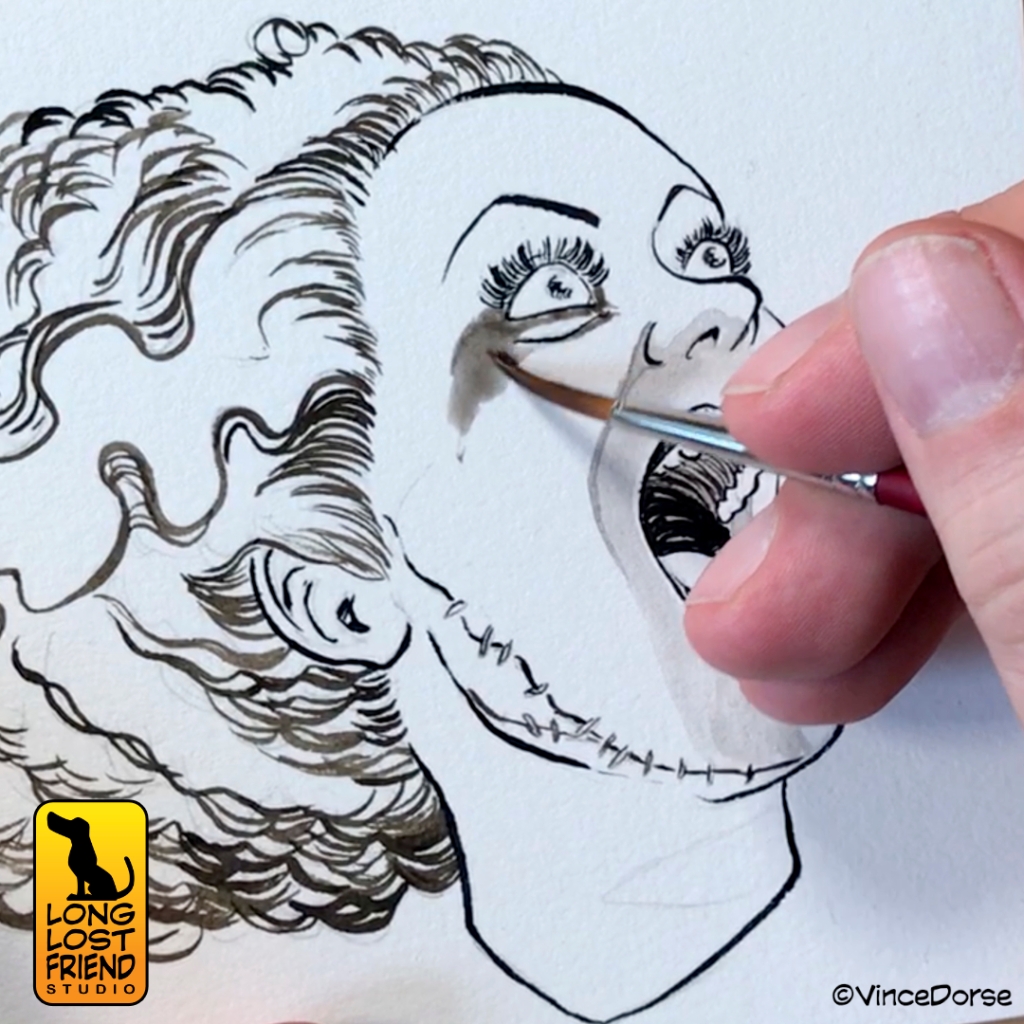
If you want to see my process for this image, how it turned out, and listen to Michelle and I gab about movies and toys for seven minutes or so, the link to the video is below.
Filed under: Black and White, Fan Art, Illustration, process | Tagged: Bride of Frankenstein, fan art, horror, Illustration, ink, monsters, process, Universal Monsters, Vince Dorse | Leave a comment »


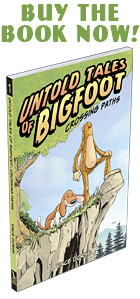

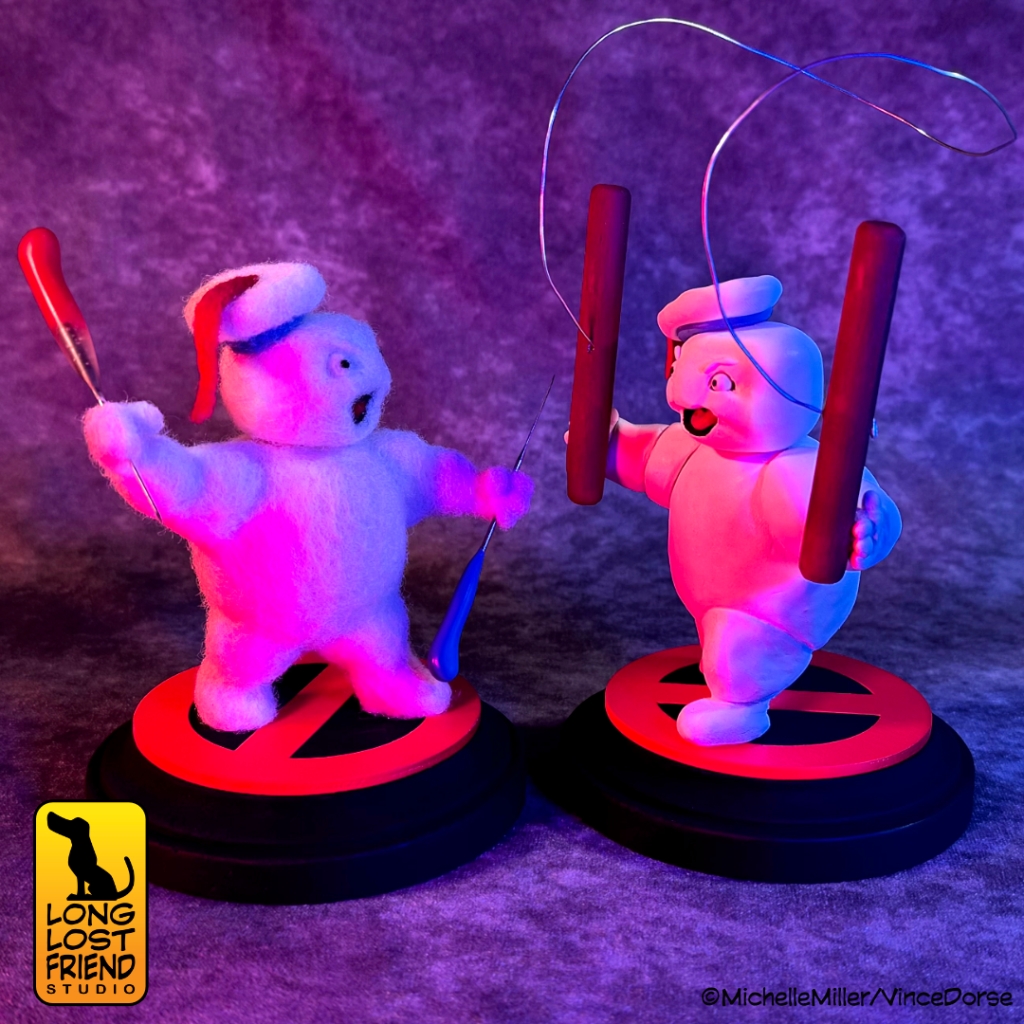

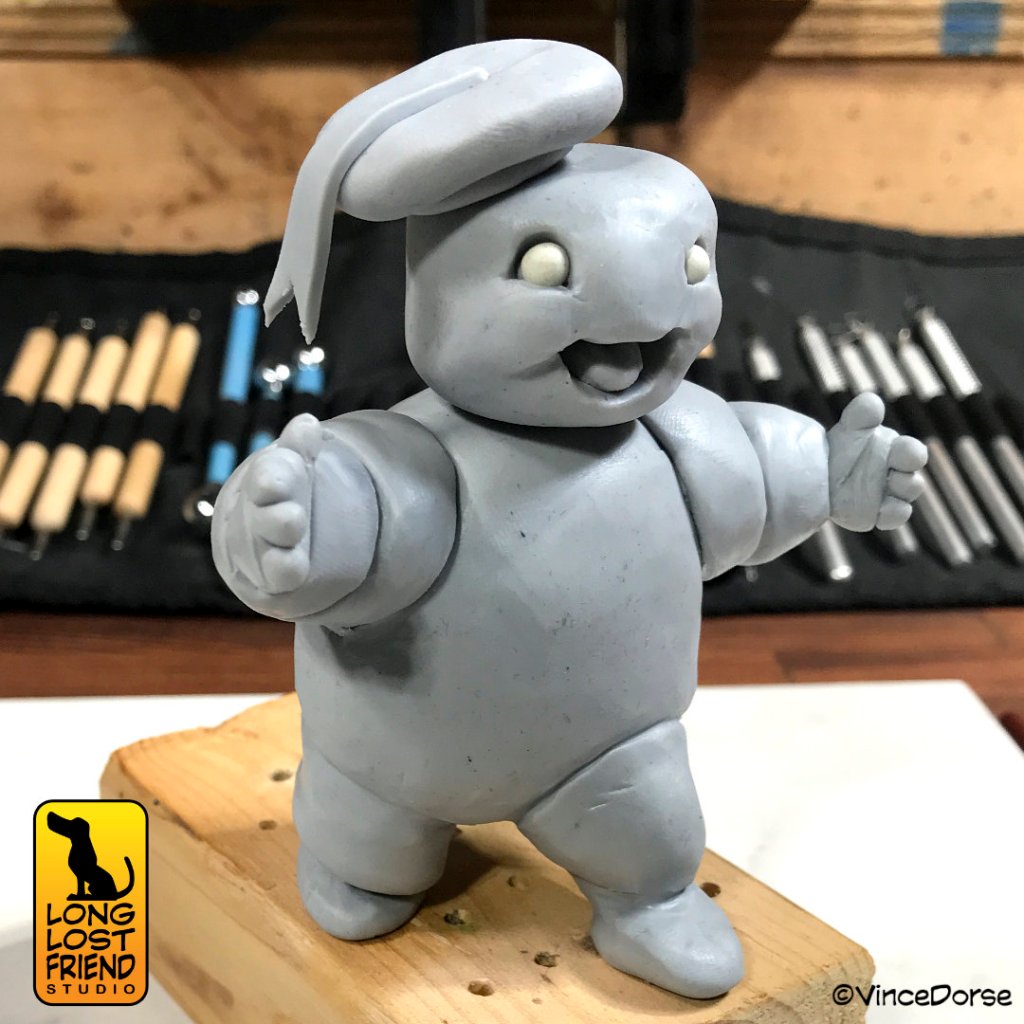

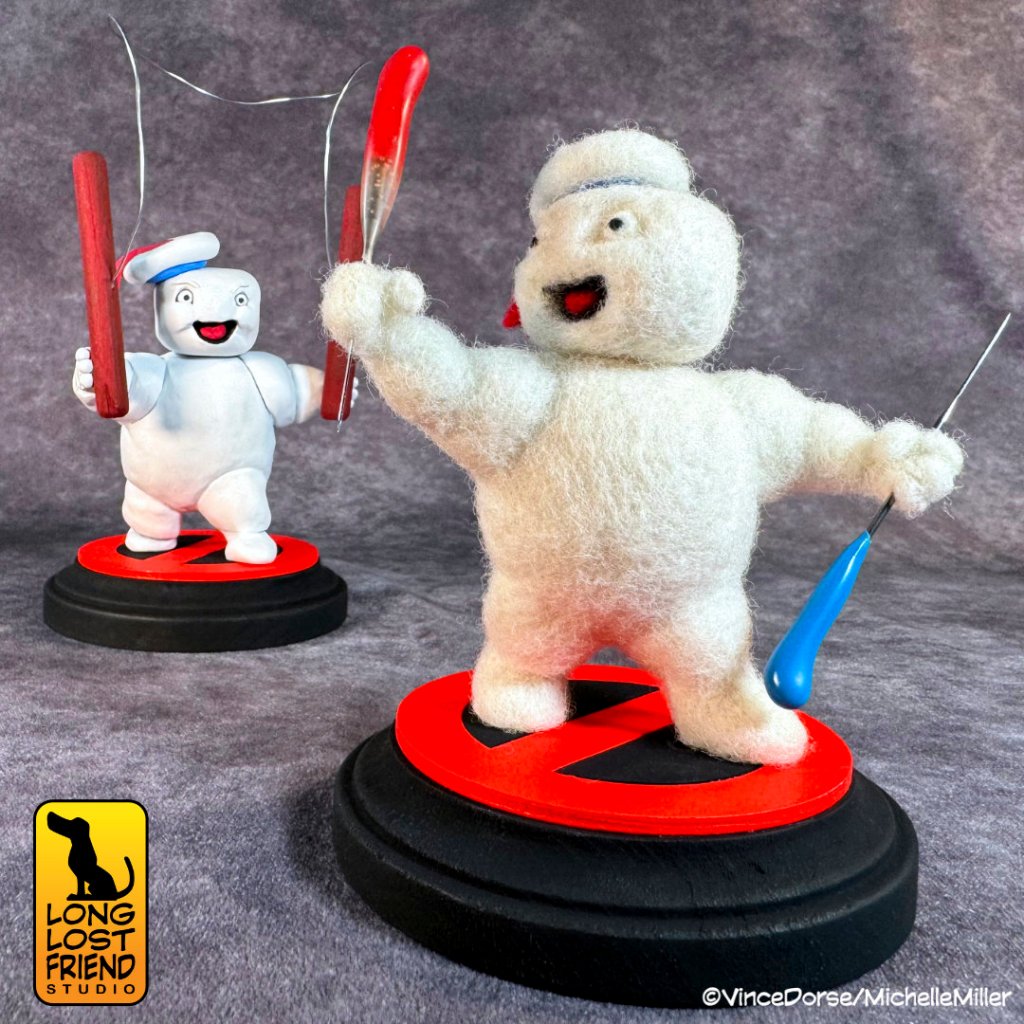

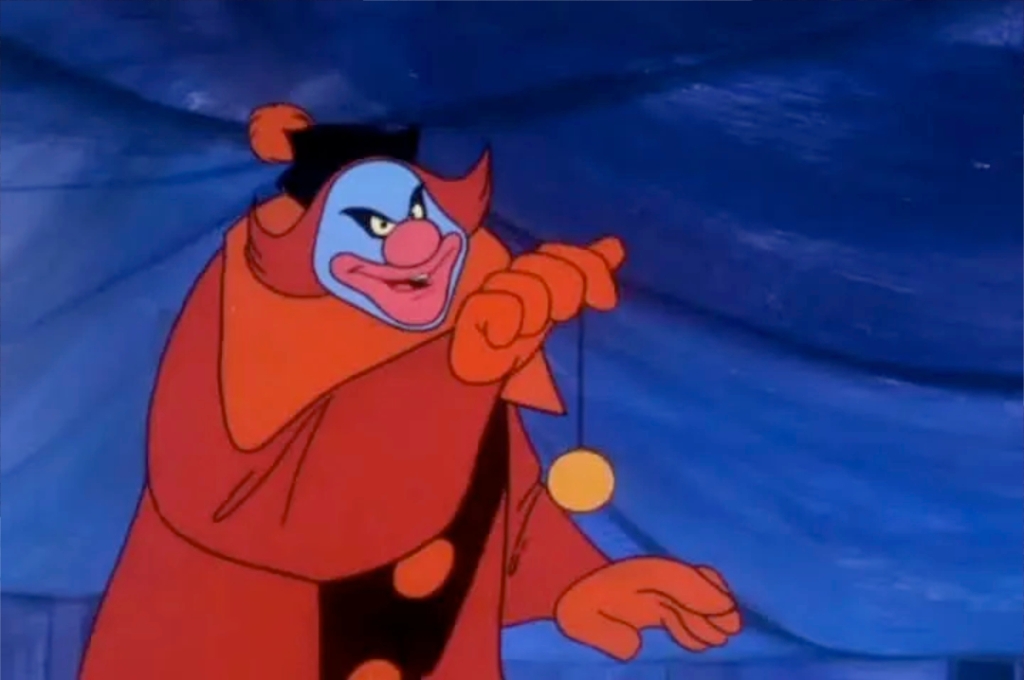


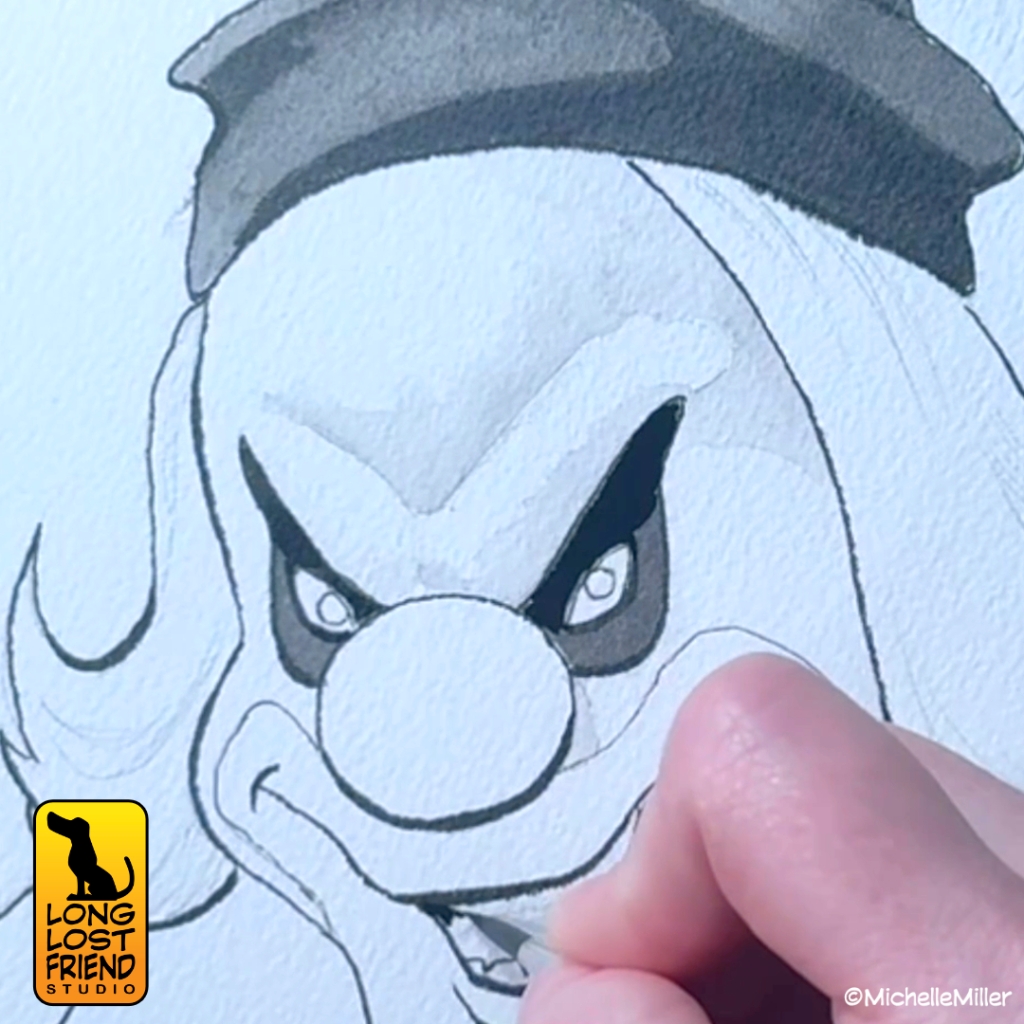


























You must be logged in to post a comment.